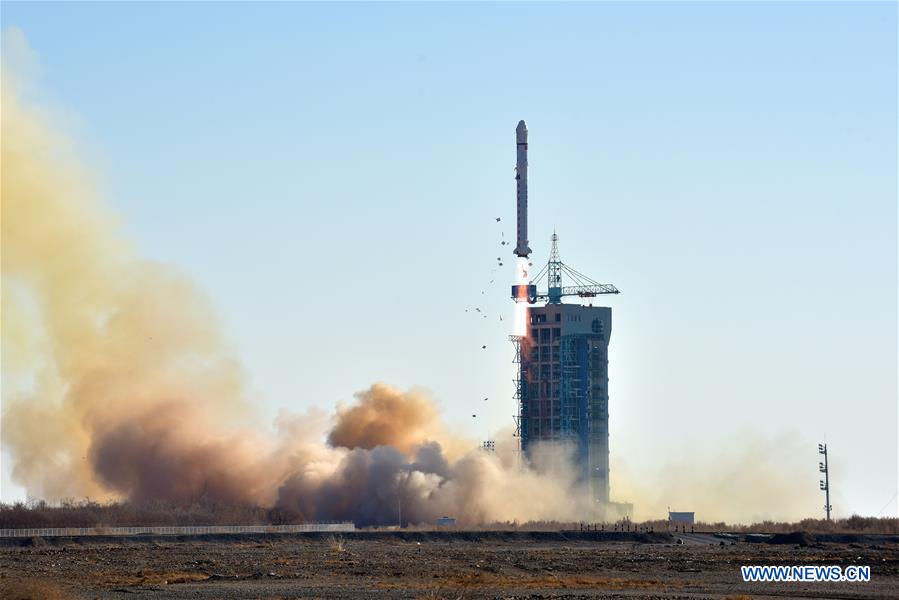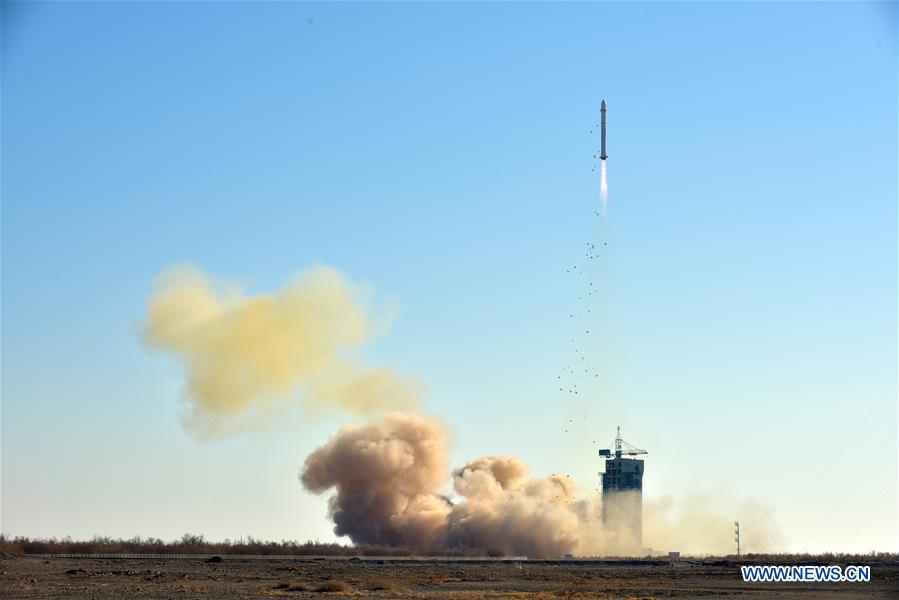SinoSoldier
Colonel
They have lattice fins. Are their respective first stages reusable?
All Chinese launch vehicles would be reusable by 2035, according to a recent strategic plan.
They have lattice fins. Are their respective first stages reusable?
Reusable SRBs are nothing new, the Shuttle SRBs were reusable 30 years ago.


I imagine that the actual diameter should be greater than 4 meters (at least, that's how I read it).The Chinese will test a 4-meter-diameter solid rocket booster during Spring Festival in 2018, in preparation for the KZ-21 and KZ-31 rockets (pictured below). Note that a 4-meter-diameter booster will be larger than the Space Shuttle's SRBs, the Ariane-5's boosters, as well as India's S200, making it the largest rocket booster ever built and a great candidate for the CZ-9 rocket program.
View attachment 44285
I imagine that the actual diameter should be greater than 4 meters (at least, that's how I read it).
The Space Shuttle SRBs are about 3.7m and I don't think a single SSSRB purposed as a SLV would have a 20 ton LEO payload, so about 4.5 meters might be more likely.
Actually, I think your translation is right. The issue I have with the Xinhua article is that should be more clear that the CASIC SRB will have diameter of greater than 4 meters.I may have mis-translated the 20/70-ton payload portion. Feel free to correct if wrong.
Also, the article mentions something about "ignition verification" and "full verification" tests. Could you provide a more accurate translation or sort of infer its meaning?
Actually, I think your translation is right. The issue I have with the Xinhua article is that should be more clear that the CASIC SRB will have diameter of greater than 4 meters.
Ignition verification should be proof of concept that the basic design of the SRB motor works (probably in a lab). Full verification should be firing a full SRB motor that can be installed into a functional space launch vehicle (presumably on an outdoors test rig/stand).
Speaking of the graphics, for the 70 ton payload variant, are they planning on putting in multiple SRB motors, or just one single, upscaled motor? I'm asking since the graphics suggest only a single nozzle.
这款由中国航天科工集团四院研制的固体火箭发动机,直径超过4米
接下来,我们要对技术进行颠覆性调整,从横向安装缠绕尝试成竖向缠绕。一旦实现就可以用于直径为4.2米的发动机壳体。这将超过世界上最先进的3.6米的发动机壳体,用于快舟二十一号、快舟三十一号上。
It is not an appropriate of saying. SSSRB is an one stage rocket. It is not supposed to deliver anything to any orbit on its own. It actually can not do that. So there is no comparable figure of SSSRB's LEO capability regardless its thrust.I imagine that the actual diameter should be greater than 4 meters (at least, that's how I read it).
The Space Shuttle SRBs are about 3.7m and I don't think a single SSSRB purposed as a SLV would have a 20 ton LEO payload, so about 4.5 meters might be more likely.
It is a full sized motor (in Chinese cases) on the same outdoor test stand/rig, just a much shorter time than the full verification.Actually, I think your translation is right. The issue I have with the Xinhua article is that should be more clear that the CASIC SRB will have diameter of greater than 4 meters.
Ignition verification should be proof of concept that the basic design of the SRB motor works (probably in a lab). Full verification should be firing a full SRB motor that can be installed into a functional space launch vehicle (presumably on an outdoors test rig/stand).
Speaking of the graphics, for the 70 ton payload variant, are they planning on putting in multiple SRB motors, or just one single, upscaled motor? I'm asking since the graphics suggest only a single nozzle.
